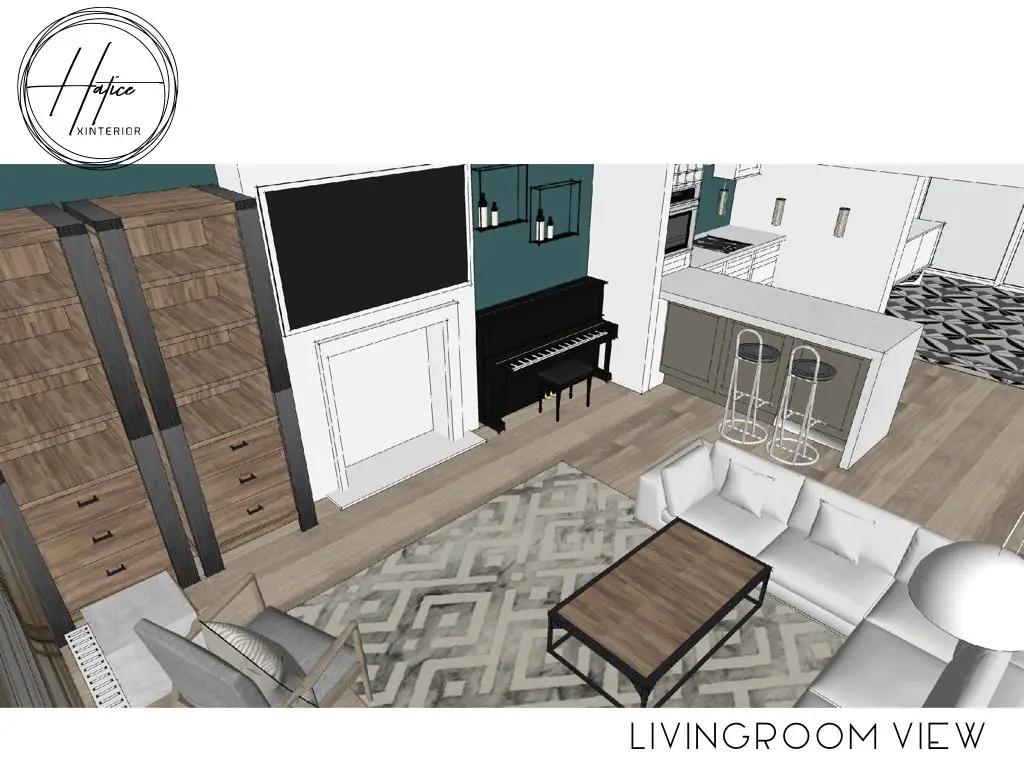What Everybody Ought To Know About
Not if it’s “permitted development.”
So…what is “permitted development”?
That depends on whether you live in a house or flat and what you want to do to it.
People usually add to their properties in one of four ways:
- a single storey ground floor extension;
- a ground floor extension of more than one storey;
- building a porch; or
- adding to the roof or making it bigger.
So when you add space to your property, you have legal obligations for the council to get permission to do them. However, in some conditions, you do not have to ask permission from the council if you meet certain criteria, and they are already given permission by the city council for all these subjects.
In this article, we are going to look at what is permitted development for each of these, starting with the single-storey ground floor extension.

But first things first.
When you extend your property, you are making what the council’s planning department calls an “enlargement”. This means doing something that is:
- attached to the house or flat;
- has a canopy or roof, with or without walls; and
- makes the inside of the house or flat bigger.
A balcony is not an enlargement.
Now for the details.
A- Single-Storey Ground Floor Extension
For you not to need planning permission for a single-storey ground floor extension:
- the property must be a house, not a flat;
- no part of the extension can be in front of the front or side-wall of the house if that front or side wall faces towards a road;
- if your house is one of any three in a row and any part of the extension is within 1 metre of the boundary of the ground that comes with the house, the extension can’t go back more than 3 metres from the line of the back wall that is nearest to the boundary;
- if your house is detached or semi-detached and any part of the extension is within 1 metre of the boundary of the ground that comes with the house, the extension can’t go back more than 4 metres from the line of the back wall that is nearest to the boundary;
- the eaves (the bottom edge of the roof that continues out over the walls) can’t be more than 3 metres above the ground;
A listed building consent is separate from and in addition to planning permission. If your house is a listed building, you will need to check with the local council’s planning department as to whether listed building consent is needed for the extension. You may have to get listed building consent even when planning permission is not required.
Even if you don’t need to get planning permission for the extension, you will need to check to see if you have to get a building warrant. If you do, you should make sure that you the work is signed off by the council’s building standards department and get a Notice of Acceptance of Completion Certificate. Not getting the proper paperwork can cause problems when you come to sell the house.

B- Double-Storey Ground Floor Extension
After our previous article about when a ground floor, a single-storey extension doesn’t need planning permission, this one looks at when a ground floor extension that is of more than one storey might be “permitted development.”
Before we begin, however, you should know that, because they will have a bigger effect on your neighbours, most one-and-a-half and two-storey extensions will need planning permission.
For that not to be the case:
- the property must be a house, not a flat;
- no part of the extension can be in front of the front or side-wall of the house if that front or side wall faces towards a road;
- no part of the extension can be within 10 metres of the boundary of the ground that comes with the house;
- the extension can’t be higher than the ridge (the highest part where there are sloping sides) of the existing roof;
- you can’t more than double the size of the house;
- more than half of the ground (whether to the front or the back) that was to be used for the house when it was first built must still be left after the extension has been built; and
- the house can’t be in a conservation area.
As we said in our previous article, don’t forget about:
- listed building consent (if your house is a listed building); and
- getting a building warrant and, when the extension has been finished, a notice of acceptance of completion certificate.
C- Double-Storey Porches and Roofs
Our final article about “permitted development” looks at porches and roofs.
i- Porches
Putting up a porch won’t need planning permission where:
- the property is a house (not a flat);
- the footprint (the area it will take up on the ground) of the porch is no bigger than 3 square metres;
- no part of the porch is within 2 metres of a boundary between the ground that comes with the house and a road;
- the porch is less than 3 metres high; and
- the house isn’t in a conservation area.
ii- Roofs
The usual way in which a roof is enlarged is by adding a “dormer”. The new part of the building goes up in a straight line from the slope of the existing roof and usually has a window in it.
For the dormer to not need planning permission:
- the property must be a house, not a flat;
- the dormer can’t be built into a roof that is to the front of the house or a roof that is to the side of the house and faces towards a road;
- the boundary at the front of the ground that comes with the house must be more than 10 metres away from where the dormer stops;
- the dormer can’t make the house higher than it was before (not counting any chimney);
- the dormer can’t be more than half as wide (measuring along the eaves – the bottom edge of the roof that continues out over the walls) as the existing roof into which it’s being built;
- no part of the dormer can be nearer than 3 metres of the roof into which it’s being built; and
- the house can’t be in a conservation area.
As we have said before, don’t forget to check whether you do need to get listed building consent and a building warrant and, when the work been finished, a notice of acceptance of completion certificate. Not getting the appropriate paperwork from the local authority can cause problems when you come to sell the house.



